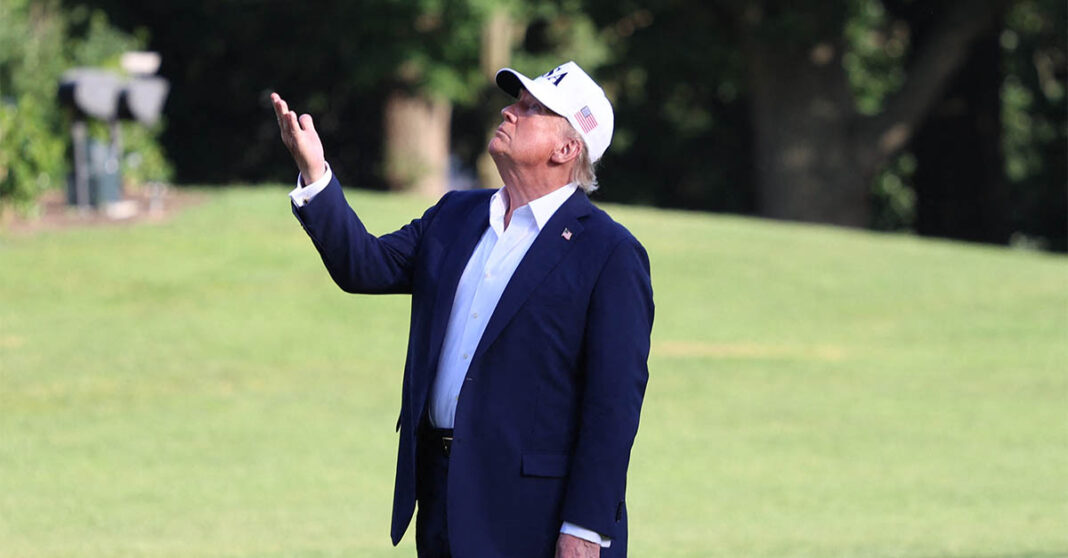The United States has lowered its reciprocal tariff on Lao imports from 48 percent to 40 percent, following President Donald Trump’s latest round of tariff letters to 14 countries. While the reduction offers some relief, the pressure on Laos and other US trade partners remains intense ahead of the 1 August implementation deadline.
On 7 July, US President Donald Trump announced the delivery of tariff letters to leaders of 14 countries, including Laos, Thailand, Cambodia, Malaysia, and South Africa.
These letters outlined new reciprocal tariff rates set to go into effect on 1 August, part of the administration’s escalating effort to correct what it calls unfair trade imbalances.
For Laos, the updated tariff marks a decrease from the previous 48 percent rate imposed under Trump’s “Liberation Day” policy unveiled in April. That policy had also introduced a universal 10 percent tariff on all imports, meaning Lao goods were set to face a total duty of 58 percent. At the time, the White House calculated the effective trade barrier as high as 95 percent, combining both monetary and non-monetary restrictions.
Under the newly announced plan, the reciprocal tariff on Lao goods has been adjusted down to 40 percent. Trump emphasized, however, that this figure could rise if Laos were to impose retaliatory tariffs or maintain what he considers unfair barriers to US products. He also encouraged countries to relocate manufacturing to the US in order to avoid future penalties.
While the reduction may ease some of the pressure, it still poses a significant challenge to Lao exporters. The US has become an increasingly important trade partner for Laos, particularly for products like wood furniture, footwear, textiles, electronics, and high-quality Lao coffee. A 40 percent tariff could still lead many American buyers to shift to cheaper sources, undermining the progress Lao businesses have made in accessing international markets.
Cambodia, another key Southeast Asian exporter, also saw its tariff reduced—from 49 percent in April to 36 percent. Malaysia’s rate has dropped slightly to 24 percent, while Thailand has been hit with a 30 percent tariff under the new letters. South Africa, one of the top sources of US platinum imports, now faces a similar 30 percent tariff.
Thailand and Malaysia, which export semiconductors, electronics, and auto components, were among the countries hardest hit by stock market reactions following the tariff announcements. US-listed shares of Japanese and Korean auto companies—also named in Trump’s tariff letters—saw sharp declines, suggesting investor concerns about a broader trade conflict.
Despite repeated threats to target the European Union, the bloc did not receive a letter this round. EU officials said they expect more time to negotiate with Washington, signaling that some trade partners may still have room to avoid immediate escalation.
For Laos, however, the situation remains precarious. Although the tariff rate has been lowered, the country still faces one of the highest trade penalties imposed by the US under the current policy.



